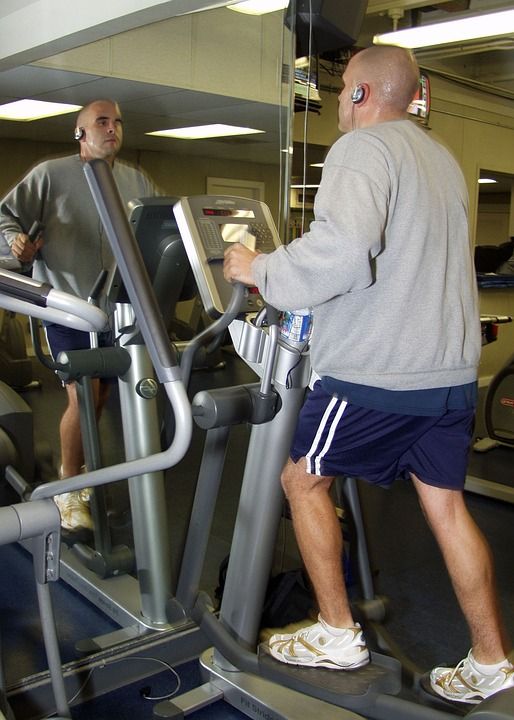Cardio and Weights: A Dynamic Duo for Maximum Fitness

Cardio and weights are often pitted against each other as two contrasting forms of exercise. Many fitness enthusiasts debate over which is more effective for achieving maximum fitness. However, the truth is that when it comes to cardiovascular health and building strength, cardio and weights complement each other perfectly, creating a dynamic duo for overall fitness.
Cardiovascular exercise, commonly referred to as cardio, focuses on elevating the heart rate and improving the efficiency of the cardiovascular system. It includes activities like running, cycling, swimming, and even brisk walking. Engaging in cardio workouts regularly strengthens the heart and lungs, improves circulation, and increases stamina and endurance. Cardio is also a great way to burn calories and reduce body fat.
On the other hand, weightlifting, or strength training, involves working with various resistance exercises to target different muscle groups. This type of exercise challenges the muscles, causing them to adapt and become stronger over time. Adding weights to your fitness routine can enhance muscle tone, increase bone density, and boost metabolism, leading to improved overall strength and physical performance.
While cardio and weights have distinct benefits on their own, combining both forms of exercise produces significant results. Firstly, incorporating cardio into your weightlifting routine provides an excellent warm-up. Doing 5-10 minutes of cardio before lifting weights increases blood flow to the muscles, prepares the body for physical exertion, and reduces the risk of injury. This warm-up phase ensures that your muscles are adequately primed to handle the resistance training to follow.
Moreover, cardio workouts help to improve endurance and stamina, allowing you to perform more repetitions and sets during your weightlifting sessions. By increasing your cardiovascular fitness, you are also able to recover quickly between sets, ensuring that you maintain the intensity of your strength training.
Another significant advantage of combining cardio and weights is that it creates an effect known as the “afterburn” or excess post-exercise oxygen consumption (EPOC). EPOC refers to the energy your body continues to expend after exercise to restore itself to its pre-workout state. High-intensity cardio exercises, such as interval training, can significantly elevate your metabolic rate, leading to increased calorie burn even after the workout is complete. By incorporating cardio and weights, you can maximize the EPOC effect and achieve greater overall calorie expenditure.
Additionally, cardio and weights have specific benefits for body composition. While cardio exercise helps burn calories and reduce body fat, strength training helps build lean muscle mass. Combining both forms of exercise promotes fat loss while preserving and building muscle mass, leading to a more toned and defined physique. Increasing muscle mass not only enhances aesthetics but also boosts metabolism, resulting in a higher resting metabolic rate and increased calorie burn even during periods of rest.
When it comes to overall fitness, the combination of cardio and weights provides a comprehensive approach. Cardiovascular exercise improves heart health, increases endurance, and burns calories, while strength training builds strength, increases muscle tone, and enhances metabolism. By incorporating both into your fitness routine, you can achieve a well-rounded level of fitness that encompasses cardiovascular health, strength, endurance, and body composition.
In conclusion, cardio and weights are not rivals but rather a dynamic duo for maximum fitness. Combining both forms of exercise provides numerous benefits, including improved heart health, increased endurance, enhanced muscle tone, and increased calorie burn. So, next time you hit the gym, remember to incorporate both cardio and weights to take your fitness to the next level and experience the true synergy of these powerful exercises.



